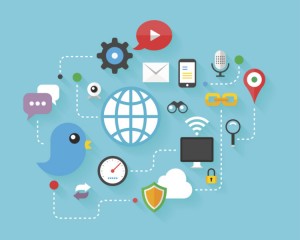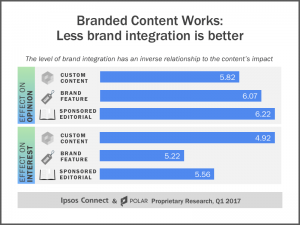
What are you doing to woo customers back to your business?
2020 began, a new decade, with great expectations and high hopes. Business was good; your customers had needs, and you had solutions. And then, almost overnight, COVID-19 struck, and the business world was thrown into chaos.
Businesses are reopening, and working to rebuild momentum. Some things will return as they were, but some will not. The marketplace has shifted. The products and services, marketing and processes which were successful before may be less so now. And the most competitive businesses will be those who recognize and adjust to this shift. Change may bring disruption, but it also creates opportunities. Old relationships and expectations give way to fresh ideas and alliances. Take advantage of the opportunities.
Woo Customers Back!
What has changed, and how can you shift to accommodate these changes? How can you woo customers back and retain them, and how can you expand your business to new consumers?
- Occupancy restrictions can conflict with customer expectations. Patrons settling in for the afternoon at a favorite cafe, or hours of “just browsing” in a shop while catching up with friends can be disaster for a business under pressure to maintain traffic flow. If possible, expand into outdoor space. If not, anticipate the challenge. Spend time connecting with customers on a personal level. Thank them for their patronage, alert them to occupancy requirements and tell them you hope to provide a more leisurely experience as soon as possible. Consider offering a small “goodbye gift” to each person, as they leave. Use the opportunity to make new friendships, for now and the future.
- Some customers remain cautious about social contact. Woo them with enhanced remote, no-contact services, and simplified online purchasing. Go above and beyond to make them feel safe and pampered, rather than like a prisoner in solitary confinement. Find or create products that boost their sense of safety. Ask how they are doing, and see if they have any needs you can fulfill. Be their buffer to the outside world.
- Customers are stressed. They may be preoccupied and unable or unwilling to make decisions. You may be ready to charge ahead with business, but they are not. Acknowledge their apprehensions, and be supportive. Offer products and processes which are reassuring. Share how you can relieve at least one of their many concerns. More than likely, they are not going to be seeking the most revolutionary, cutting edge product if there is something familiar which does basically the same job. Promote the familiar.
- Money, in general, is tight. Permanent job loss, temporary furloughs and decreased hours can cut the dollars available for spending. Individuals fully employed might also decrease spending, worried that their jobs might be cut. Prices for food have risen, as have prices for high demand items such as sanitizers and disinfectants. Previously routine purchases may now be special occasion items, or eliminated altogether. After a burst of activity, you might find business slacking. Seek ways to add value with minimal cost. Complimentary exquisite gift wrapping, bonus items, or downloadable information can encourage customer loyalty. Explore options to decease expenses while maintaining quality. Offer extraordinary service. Create an experience.
- Technology has spread. People who once avoided technology have learned to accept it, and, in some cases, embrace it. Touchless credit transactions have increased. Online meetings and commerce have replaced large portions of live contact. Position your business to serve today’s customers. Online shops, ordering and communication are necessary to supplement, and possibly replace more traditional channels. Ensure you online systems are as simple as possible, to encourage new users. Technology can vastly increase your customer base. Connecting with and selling to people across the globe can be as easy as selling to your next door neighbor. Maintain traditional channels for those customers not willing or able to transition, but don’t cut yourself off from the potential of online and other systems.
- New options may have different perceived values. Customers might not equate carryout dinner in a styrofoam box to the onsite experience with fine china and linens. Dining al fresco might be perceived as more or less desirable than dining in. A live trade show or convention can command thousands of dollars; the online replacement might only command a fraction of that, as the informal networking elements are difficult to replace. Promote the benefits of new offerings to demonstrate their value. Add new features to your products, to compensate for and exceed any perceived loss. A carryout meal might include a complimentary dessert sampler. A trade show might offer powerful online networking capabilities or vendor showcase video opportunities, as part of the fee. Create new perceived value.
Oh, Shift!
The marketplace has shifted, customers have shifted, and successful businesses are those which shift, as well. Understand your customers’ new needs and expectations. Utilize new technologies and available tools. Create products and solutions to delight them and exceed expectations. Embrace and anticipate change.
However, on the most basic level, don’t shift. Remain focused on your customer and their needs. Develop products which address their most urgent issues. Connect with them not just as a vendor, but as a partner in their success and a supporter of their happiness. Care about them. Be a person, not just a salesperson.
Business will go on, the recovery will occur. Be there for your customers, connect with new customers, and successfully woo back business.
Business & Finance Articles on Business 2 Community
(170)
Report Post








